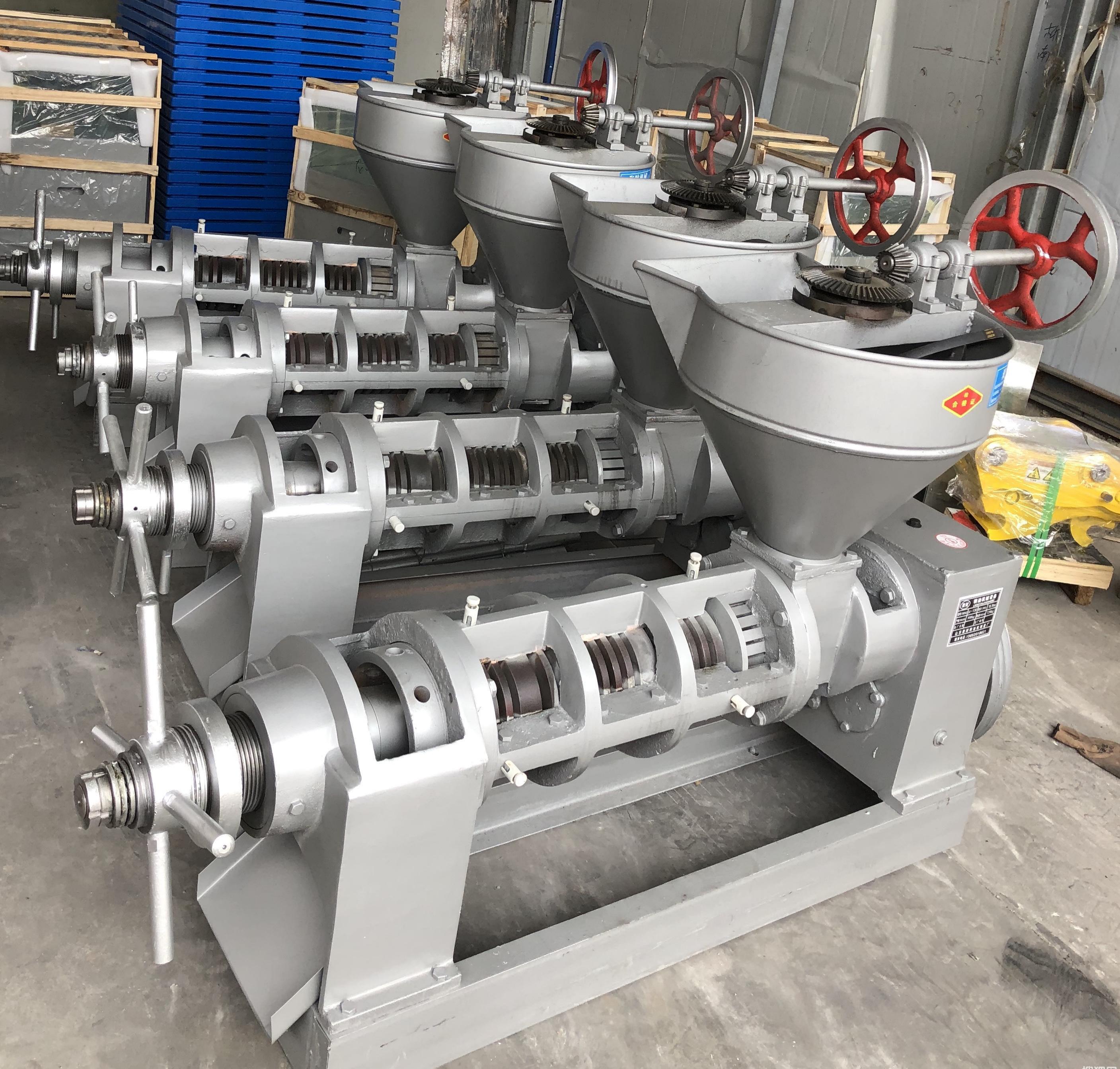In the screw press, the oil extraction process can be divided into three stages, namely the feed (pre-pressing) section, the main pressing section (oil-out section), and the cake-forming section (heavy pressure oil-draining section).

Feeding section: The squeezed material begins to be squeezed in the feed section, expelling air and a small amount of water, plastic deformation occurs to form a "muffin", and oil begins to flow. The oil with high oil content starts to produce oil in the compression stage of the feed.
Main pressing section: This stage is a stage where high pressure and large amount of oil are discharged. At this time, due to the rapid and regular reduction in the volume of the press chamber, the squeezed material is strongly squeezed, and the grains begin to combine, and the squeezed material becomes a continuous porous material in the press chamber and is no longer loose, and a large amount of oil is discharged, and at the same time, the pressed material Also, due to the interruption of the screw, the scraping force of the squeezing chamber, and the shearing action of the edges and corners of the squeezing cage, the material layer speed difference displacement, fracture, mixing and other phenomena will be caused, and the oil circuit will be continuously opened, which is beneficial to the rapid draining of grease.
Cake-forming section: The squeezed material has formed a tile-like cake in the cake-forming section, which is almost integrally advanced, which also produces a larger compression resistance. At this time, the compressibility of the tile cake is not large, but it still needs Maintain a high pressure to drain the oil without being sucked back. The tile-like cakes discharged from the oil press will increase in volume due to elastic expansion.
During the pressing process, the oil content of the cake embryo along the radial layers is different, and the oil content of the inner surface layer is higher than that of the outer surface layer. At the same time, the difference between the residual oil ratio of the pressed material in the radial layer is as the pressing material moves toward the cake. Decrease the bet as the mouth progresses. The radial layer residual oil rate of the cake actually discharged outside the machine is exactly the opposite, that is, the residual oil in the outer layer of the cake is higher than the residual oil in the inner layer. This phenomenon can be considered to be due to the structural characteristics of the screw oil press: on the one hand, the unidirectional oil discharge of the cake embryo in the press chamber will inevitably make the oil path along the surface of the screw shaft longer and difficult to discharge; on the other hand, On the one hand, the material layer at the front of the feed section and the press section is thicker, which is easy to produce oil content gradient. In the later period of the press, the pressed material is compressed and thinned. At the same time, the moisture evaporation intensity near the surface of the screw shaft is higher than that of the inner wall of the press cage. , So as to squeeze out the grease in the pores of the squeezed material.
Copyright © Henan Zhongxing Grain And Oil Machinery Co.,Ltd. All Rights Reserved. Powered by MetInfo